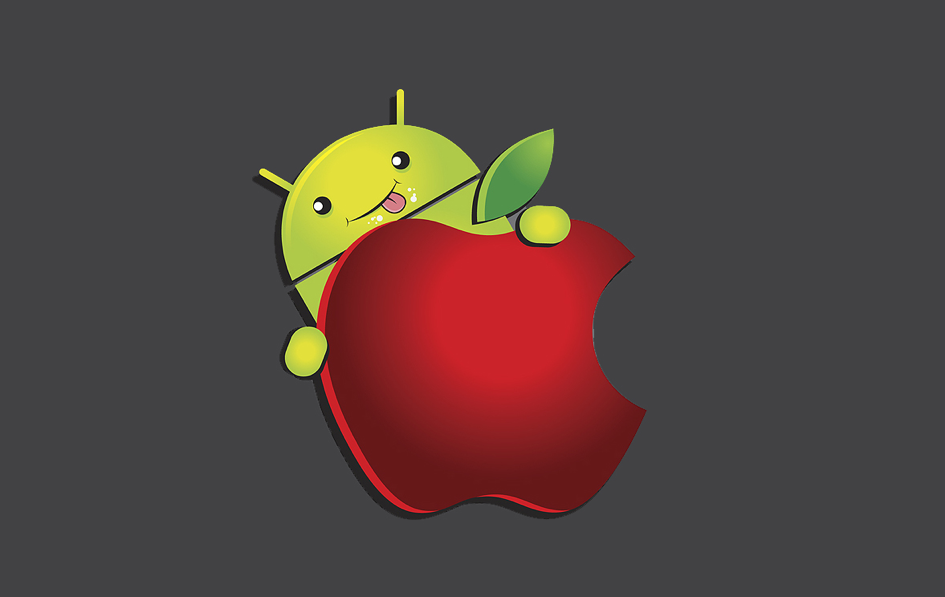Should I wait for Android on iOS from Parallels?

Spoiler: "No". The other day, on one of the forums, I had a chance to see a brilliant question from some girl: “I have an iPhone with Android 4.2.1 operating system. Can I change this operating system on iOS? ”. Forum members sarcastically advised her to buy a board from the iPhone, a processor, a video card and a real smartphone from Apple.
Since Parallels launched Windows on a Mac in 2006, conversations and suggestions from users to “run something on something else” have not abated: Android on iOS, Windows on Linux, and so on.
')
By the way, initially Parallels Desktop ran Windows on Linux. It worked, but did not cause much excitement among users. So the company switched to macOS. And here at the potential user the real field for experiments materialized. Today, you can even install Android as your Mac's second brain.

However, the question of installing a second OS on apple smartphones does not cease to torment inquisitive minds. Why not do something about it? The simplest answer is simply not provided for by the Apple Inc. user agreements. Code is closed.
Technically, you can use Hackintosh or even HackiPhone , but this is illegal, unstable, inconvenient, and will not be supported by anyone, at least legally. Want to quickly strip your iPhone factory warranty? Feel free to experiment!
Remember how five to seven years ago, craftsmen on the Internet jailbreak apple smartphones and tablets? And where are they now? The need for this gradually faded away. Those wishing to "kill" their phone costing 100K + rubles diminished.
From a technical point of view, the inability to change the operating system on a smartphone is due to the fact that the software part (Software) must be able to correctly interact with the hardware part (Hardware). If you turn to the desktop Windows, then you will see that this interaction is provided with the help of intermediary programs that are called "drivers". Drivers are created by hardware manufacturers for that particular operating system (OS). Perhaps you still remember the times when the necessary drivers were installed from the CD and it happened that you needed to choose the right OS version.
The smartphone was originally developed for a specific OS. Together with the smartphone, drivers are being developed that allow the OS to work correctly with the device. If you try to install another OS on your smartphone, you will encounter the issue of missing drivers for the new OS, since the manufacturer did not release drivers for this OS.

The idea of virtualizing the disk space of a smartphone for personal and business use seems much more curious. I think that the majority of users accept work e-mail, conduct correspondence, communicate at work and outside with one device. As a rule, the entire array of data comes in one point. And here a thought arises, not whether to divide the data stream into “personal” and “corporate”.
Among the existing solutions we can mention Parallel Space . But again, it is implemented for Android. Samsung has a cool KNOX container, a fully working second phone in the phone, put what you want there and sit from different accounts without hemorrhoids, and on phones with two SIM cards there is beauty in general. Xiaomi also has a similar thing called “ Second Space ”. Without Bubnov and crutches.

What is the difficulty of doing something similar for the iPhone? All the same policy Apple Inc. Colleagues are anxious about everything related to the code of their OS. At this stage there are no prerequisites for the fact that third-party developers in the future will have the opportunity to change something here. Alternatively, the company offered users a device with two SIM cards. How much this idea will be in demand, time will tell, but for now we are looking around and waiting for changes.
ZY Are there people among readers who broke iOS and live normally with a "cracked" smartphone? Share your life experiences in the comments. Thank.
Source: https://habr.com/ru/post/429936/
All Articles